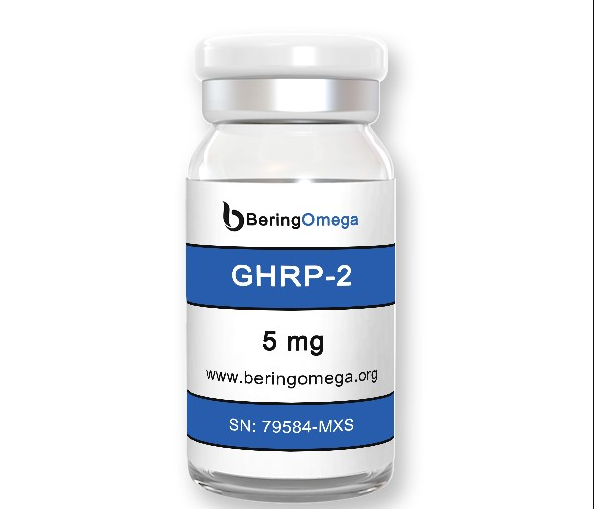CJC-1295, Ipamorelin, and GHRP-2 have many similarities.
There are numerous common functional goals shared by CJC-1295, Ipamorelin, and the unique molecular structure of GHRP-2 that allow them to work effectively together despite their very different chemical architectures.
To put it simply, CJC-1295 and Ipamorelin can raise the amount of growth-related secretions released by specific cellular receptors. Research shows that these receptors play an essential part in the growth axis of an animal test subject, which is a complicated system that regulates growth secretions to maintain homeostasis in the subject’s body.
For CJC-1295 to work as well as it does, it has to extend the peptide’s half-life by a tremendous amount. Peptide half-lives are typically shorter than seven minutes in most cases. In contrast, the half-life of CJC-1295 has been extended to more than seven days. The extended half-life provides for a longer period during which secretions may occur, allowing for an increase in secretions. An animal test subject’s development, healing, and metabolic efficiency are all positively impacted due to this process. The following are some of the advantages of research:
- The development of muscle tissue
- Loss of fatty tissue
- A quicker return to total health after an injury
- Enhancing the body’s natural defenses
The secretagogue in GHRP-2 is similar to that in CJC-1295 in that it may stimulate growth secretions in animal test participants. Scientific research has shown that GHRP-2 can target and activate the pituitary gland simultaneously. As a result, it is essential to emphasize that the pea-sized gland at the base of a test subject’s brain is the primary controller and regulator of endocrine activities because of the increased production of protein synthesis associated with muscle development & repair due to the release of these secretions, the production of these secretions increases. GHRP-2 can inhibit the secretion of the peptide that regulates the body’s hormones. If this were not done, an animal test subject’s natural response to produce a state of equilibrium inside the body that would otherwise neutralize the effects of GHRP-2 would occur.
The improved efficiency of protein synthesis in animal test participants is somewhat offset by an increase in GHRP-2’s ability to stimulate ghrelin secretion. The primary function of this self-regulatory peptide, which is mainly produced by the stomach, is to elicit a strong desire for food. When the animal test subject acts on this increased desire, more energy is provided for conversion, resulting in more muscle tissue development.
Research into the effects of GHRP-2 on animal test subjects’ endocrine systems has shown several possible advantages for the peptide. Some of these advantages are similar to those of CJC-1295, such as increased muscle tissue. However, GHRP-2 has been related to several additional advantages, including:
- Progress is being made in the treatment of inflammation
- Bone density is now higher.
- Skin elasticity is improved.
- The liver’s defenses are boosted.
Studies demonstrate that the combination of CJC-1295, Ipamorelin, and GHRP-2 effectively boosts animal test subjects’ energy levels linked to growth-related endocrine features. If you are a licensed professional, you can buy CJC-1295 & Ipamorelin & GHRP-2 Blend online here.















